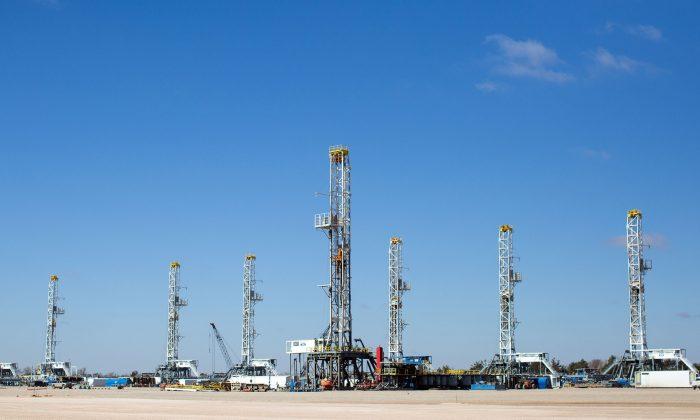EW YORK—Investors have reasons to cheer going into April.
Despite equity markets being closed last Friday, investors got positive news from a key monthly employment report that U.S. payrolls in March grew by the most in three years, leading some analysts to label last month as a pivotal turning point that could broaden and solidify economic recovery in the United States.
March U.S. payrolls grew by 162,000 workers, the third gain in the past five months—and largest increase since 2007—according to data from the U.S. Department of Labor. Unemployment was steady at 9.7 percent.
“I would say ‘pretty clear’ is a good description” for whether the economic downturn has ended, Robert Hall, head of the National Bureau of Economic Research’s Business Cycle Dating Committee, said in an interview with Bloomberg.
Areas that grew the most include manufacturers, health care firms, and temporary help seekers. Over the last several months seesawing U.S. jobs data made investors skittish and analysts wary of whether the private sector was ready to expand their payrolls and buy into the economic recovery, but last month’s data was a resounding confirmation that recovery may be here to stay.
“There’s no denying that today’s net gain in nonfarm payrolls appears to mark the end of job destruction,” said James Picerno of the Capital Spectator.
He tempered the optimism by adding, “Deciding if this is a preview of things to come, or not, remains to be seen.”
Worldwide industrial growth
The U.S. manufacturing sector expanded production in March for the eighth straight month, according to the Institute for Supply Management (ISM).
The ISM index rose to 59.6 percent in March, the highest reading since 2004. Business expanded in 17 out of 18 sectors, according to ISM, and one respondent said that “business is steady and prospects are good for Q2.”
Across the globe, China reported that its March manufacturing sector figures have also picked up, reflecting stronger global demand for goods and products.
Manufacturing activity is a vital reflection of the global economy. It determines prices of inputs, reflects companies’ expectations of supply and demand, and sets expectations for jobs—which affects the ability of consumers to spend and pay their bills.
Besides the United States and China, manufacturing activity globally is experiencing record growth, according to JPMorgan’s Global Manufacturing PMI index, which hit a 70-month high in March.
“The U.K. saw output rise at the steepest rate since July 1994. Production growth in the eurozone accelerated sharply to its highest since June 2006, led by a survey-record increase in Germany,” according to the JPMorgan survey.
Growth is expected to expand during the rest of 2010.
“Output growth will remain strong in coming months, as the manufacturing boom enters a new phase in which companies raise output to align the rate of inventory accumulation with the growth of sales,” said David Hensley, director of Global Economics Coordination at JPMorgan, in a statement.
Bullish Sentiment on Wall St.
Last week, U.S. stocks rose for the fifth straight week. The S&P 500 and the Dow Jones Industrial Average both closed at their highest in nearly 18 months amid new signs that the global economic recovery is on solid footing.
Markets were closed last Friday, but the S&P 500 settled at 1,78.10 on Thursday, up 0.4 percent for the day. In the first quarter of 2010, the Dow gained 4.11 percent and the S&P 500 is up 4.87 percent. Technology sector-heavy Nasdaq also rose by 5.68 percent for the first quarter.
The bullish sentiment is broad-based. Commodities advanced as crude oil traded at its highest levels since late 2008. Price of gold settled at $1,126 an ounce—or 1 percent higher—last Thursday on the New York Mercantile Exchange.



